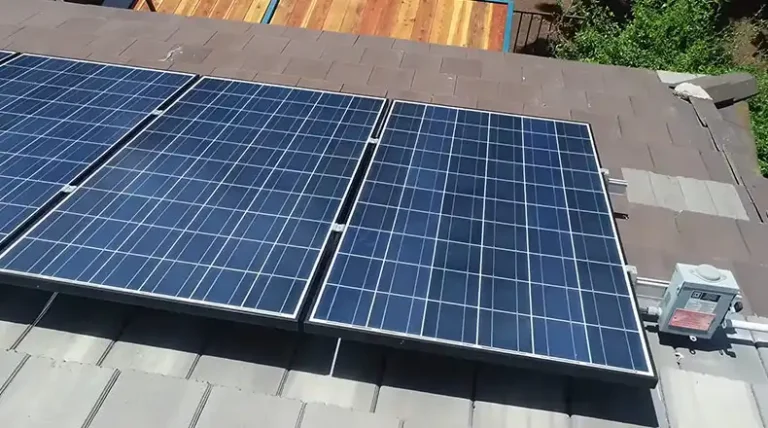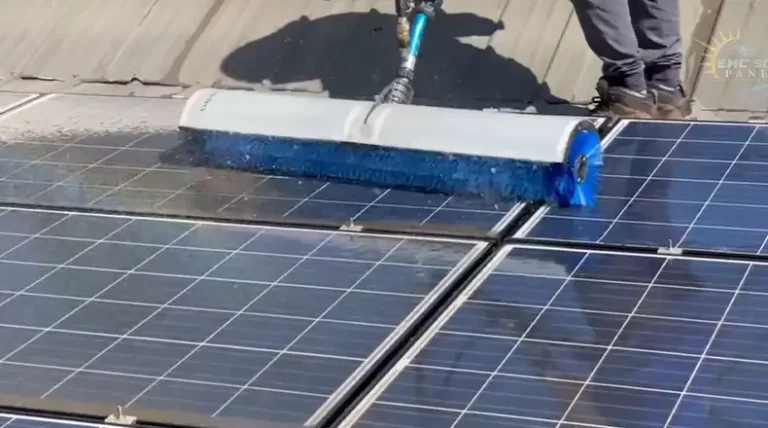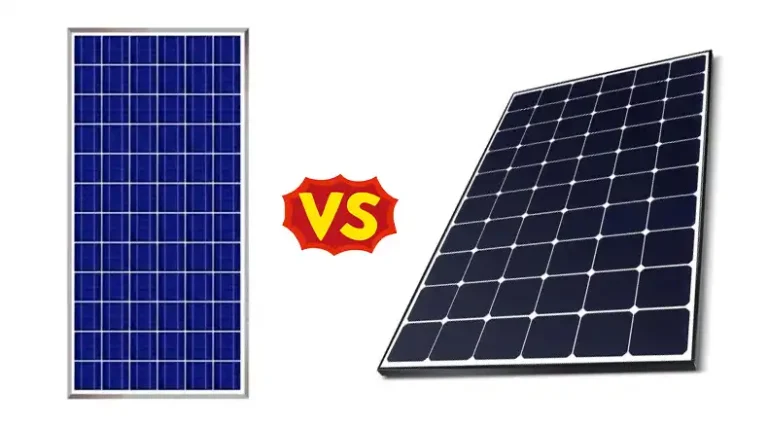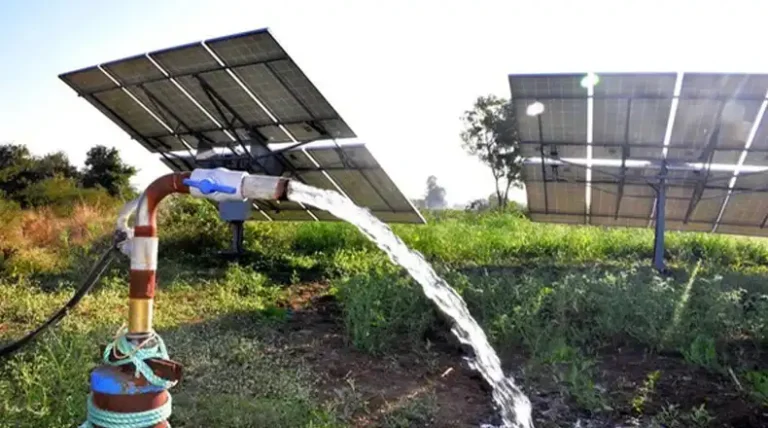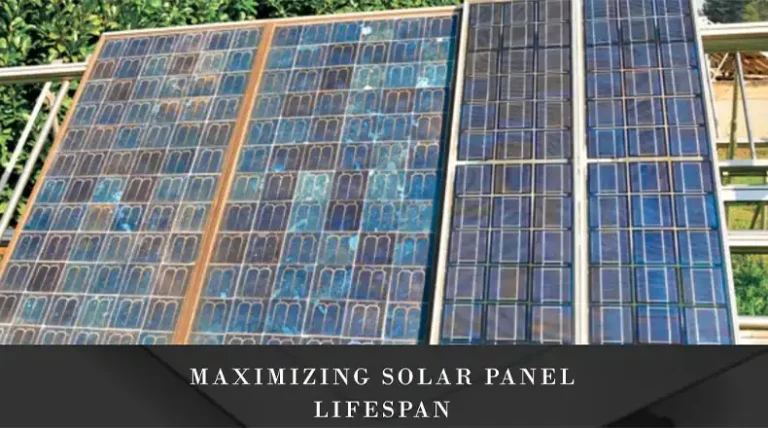What Is Maximum System Voltage in Solar Panels?
When designing a solar power system, understanding technical details like the maximum system voltage is essential. While it may sound complicated, grasping this concept helps ensure your solar panels operate efficiently, safely, and in compliance with industry regulations. Whether you’re planning a small residential installation or a large commercial setup, the maximum system voltage plays a significant role in your system’s performance. In this article, we’ll break down what maximum system voltage is, why it matters, and how to select the right voltage for your needs.
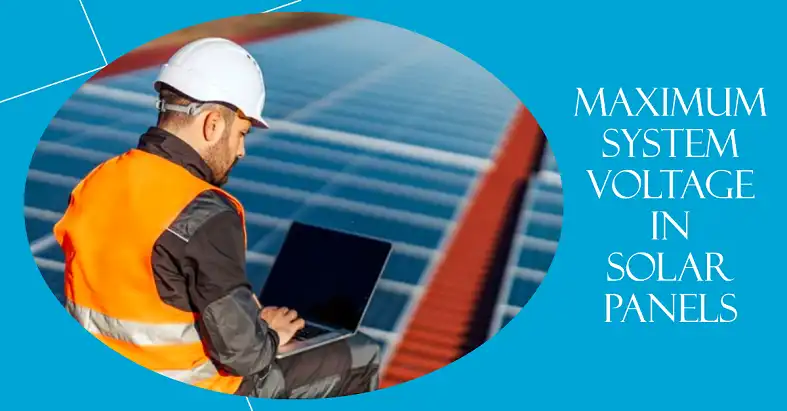
What Is Maximum System Voltage?
The maximum system voltage refers to the highest voltage that the solar panel system can handle safely under normal operating conditions. Solar panels generate electricity by converting sunlight into direct current (DC), and the amount of voltage produced varies depending on how the panels are arranged and environmental factors like temperature.
For instance, if you connect solar panels in series (a common setup), the voltages of each panel add up. The total voltage across all the panels in the series should not exceed the system’s maximum voltage rating, which is typically dictated by the solar panel manufacturer and other system components like the inverter.
A common voltage rating for residential solar systems is 600V, while commercial systems often operate at 1000V or even 1500V. These ratings ensure that the components in the system can handle the electrical load safely and efficiently.
Importance of Maximum System Voltage in Solar Panel Design
The maximum system voltage is critical for several reasons, including safety, efficiency, and compliance with local and international regulations.
Safety
First, safety is a major concern. If your solar panel system exceeds the maximum system voltage, it can cause serious damage to the system’s components. For example, wires or connectors may overheat, and in some cases, this can lead to electrical fires or system failures. Ensuring your system operates within the voltage limits is crucial to avoid these hazards.
Efficiency
Efficiency is another factor. Solar panels operate best when their voltage is well-matched to the rest of the system, especially the inverter. Inverters convert the DC electricity generated by solar panels into alternating current (AC) that can be used in your home or sent back to the grid. If the system voltage exceeds the inverter’s capacity, the system may shut down or operate inefficiently.
Regulatory Standards
Finally, compliance with regulatory standards is mandatory. In the United States, the National Electrical Code (NEC) sets voltage limits for solar installations, with 600V being the standard for most residential systems and 1000V to 1500V for larger commercial projects. European countries and other regions follow similar guidelines set by the International Electrotechnical Commission (IEC).
What Affects Maximum System Voltage
Several factors affect the maximum system voltage in a solar panel setup, including the arrangement of the solar panels, environmental conditions, and the choice of system components like the inverter.
Wiring
One of the primary considerations is how the solar panels are wired. In a series configuration, the voltages of each panel are added together, while in a parallel configuration, the voltage remains the same, and the current increases. The most common setup involves wiring the panels in series to achieve higher voltage and lower current, which reduces losses in the system wiring.
Environmental Factors
Environmental factors such as temperature also play a significant role. Solar panels produce more voltage in colder temperatures, a phenomenon known as the “temperature coefficient.” For instance, a solar panel rated for 40V may produce 44V in extremely cold conditions. This can push the system’s total voltage beyond the maximum rating if not accounted for during the design phase.
Inverter
Another important factor is the inverter. The inverter must be capable of handling the maximum system voltage. For example, if your system has a maximum voltage of 600V, your inverter must also be rated for at least 600V. Using an inverter that cannot handle the system’s voltage will result in inefficiencies or system failures.
How to Calculate Maximum System Voltage
Calculating the maximum system voltage involves adding up the voltage of each panel in a series configuration. For example, if each solar panel in a series produces 40V and you have 10 panels, the total voltage would be 400V.
However, you also need to account for the temperature coefficient of the solar panels. Let’s say the temperature coefficient for the panels is -0.3% per degree Celsius, meaning the voltage increases by 0.3% for each degree below the panel’s standard testing condition (usually 25°C). If the system is installed in an area where the winter temperature can drop to -5°C, you’d need to calculate the voltage rise as follows:
- Difference in temperature: 25°C – (-5°C) = 30°C
- Voltage increase: 0.3% x 30°C = 9%
- Increased voltage: 40V x 9% = 43.6V per panel.
Thus, under colder conditions, the total voltage for a series of 10 panels would increase to 436V. It’s essential to calculate these factors to ensure your system does not exceed its maximum voltage rating.
Maximum System Voltage for Different Applications
The maximum system voltage varies depending on the scale of the solar installation. Residential solar systems typically operate at 600V. This voltage level is considered optimal for the size of the system, the inverter’s capacity, and safety regulations for homes. For instance, a typical residential solar setup might consist of 15 to 20 panels, with each panel producing around 30V to 40V.
For commercial and utility-scale installations, the maximum system voltage can be as high as 1500V. The higher voltage allows for more efficient power generation over larger distances, reducing power losses in transmission. In fact, many solar farms utilize 1500V systems because they provide a more cost-effective solution for large-scale operations.
Off-grid systems, which often include battery storage, have their own set of voltage considerations. These systems usually operate at lower voltages, such as 12V, 24V, or 48V, due to the limitations of battery technology and inverters designed for off-grid use. However, even in off-grid setups, it’s crucial to ensure the system voltage does not exceed the battery and inverter ratings.
How to Choose the Right System Voltage for Your Solar Panel Setup
Choosing the correct maximum system voltage involves evaluating several factors, including your energy needs, the size of your system, and your location. If you’re designing a residential system, a 600V setup is usually sufficient. For larger commercial systems, you’ll likely want to go with a 1000V or 1500V system to maximize efficiency and reduce costs.
It’s also important to balance efficiency with cost. Higher voltage systems tend to be more efficient, but they can also require more expensive components. For instance, inverters and wiring rated for 1500V systems are generally more costly than those for 600V systems. However, the increased efficiency of higher voltage systems often offsets the initial investment.
When selecting components, ensure that all parts of the system are compatible with the chosen voltage. For instance, the inverter must be rated for the maximum system voltage, and the wiring must be able to handle the electrical load without excessive resistance.
Frequently Asked Questions
What happens if my system exceeds the maximum system voltage?
If your solar panel system exceeds the maximum system voltage, it can cause damage to the system components, including the inverter and wiring. In some cases, this can lead to electrical fires or complete system failure.
Can I adjust my system voltage if I expand my solar setup?
Yes, you can adjust the system voltage by changing the configuration of your solar panels. Adding more panels in series will increase the voltage, while adding them in parallel will increase the current without changing the voltage.
How do I know if my inverter can handle my system’s voltage?
Check the inverter’s specifications to ensure it is rated for the maximum system voltage of your solar panels. The inverter’s voltage rating should always meet or exceed the total voltage of the panels in your system.
What are the typical voltage ratings for residential and commercial panels?
Residential systems typically operate at 600V, while commercial systems use voltages of 1000V or 1500V.

![How Many Solar Panels for 3kVA Inverter? [Answered]](https://www.itekenergy.com/wp-content/uploads/2024/06/How-Many-Solar-Panels-for-3kVA-Inverter-768x428.webp)
